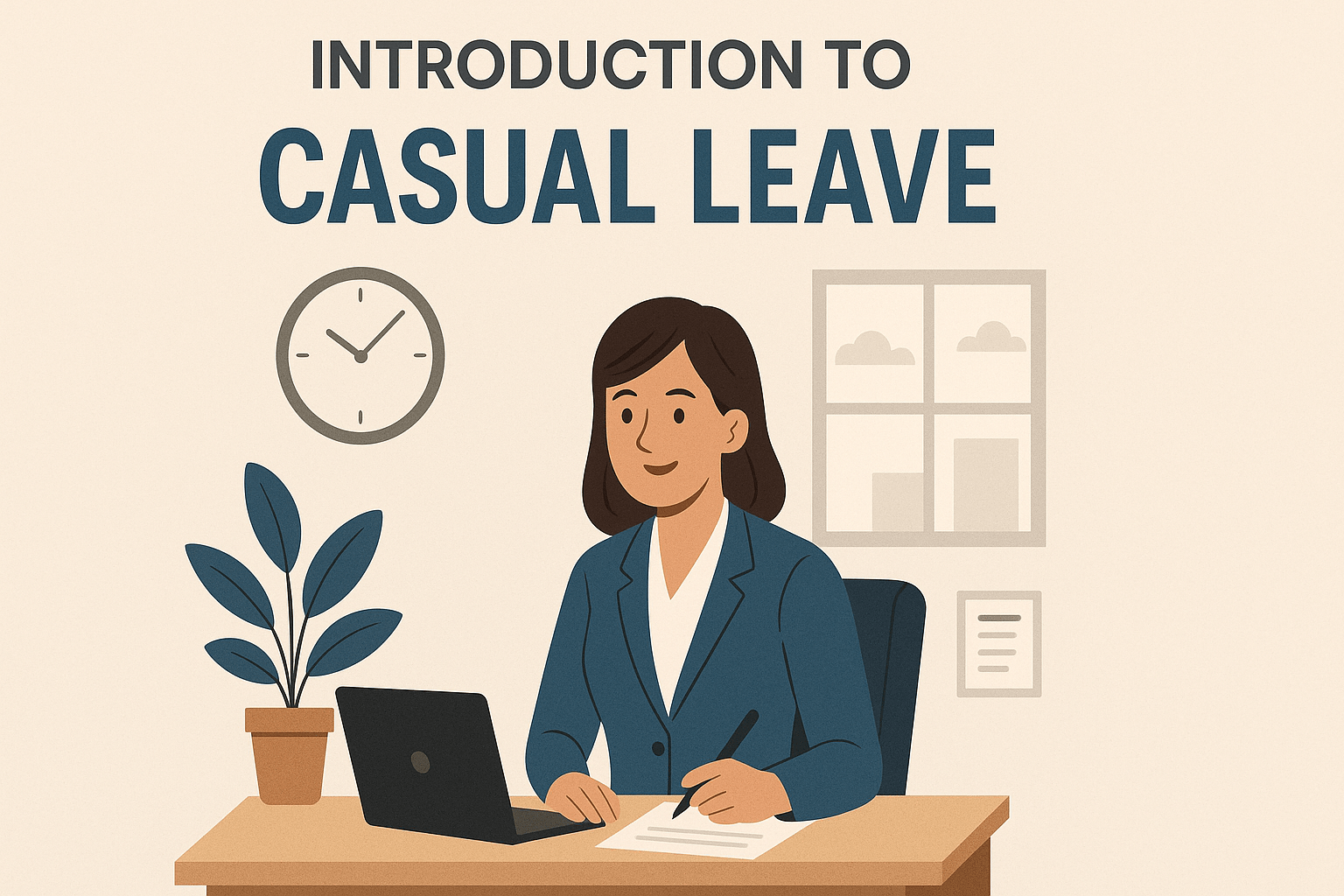In light of the continuing situation with COVID-19, the UK government recently made changes to the rules regarding an employee’s ability to carry over annual leave. Under UK law and EU law, the statutory minimum holiday entitlement is 5.6 weeks, which includes 1.6 weeks for bank holidays. These measures have been put in place for the benefit and support of key workers, such as those who work in healthcare, food, and public utilities, for instance, who are unable to take time off at the moment.
Introduction to Carry Over Leave
Carry over leave is the process by which employees can transfer unused annual leave from one leave year to the next. This has become particularly important in the wake of the COVID-19 pandemic, as many workers have found it difficult or impossible to take their full annual leave entitlement due to workplace disruptions, increased workloads, or self-isolation requirements. In response, the UK government introduced emergency legislation to provide greater flexibility for both employers and employees, allowing for the carry over of annual leave into the next leave year. This means that employees who were unable to take their holiday due to the effects of covid 19 now have the opportunity to carry forward their unused leave, ensuring they do not lose out on their statutory entitlement. The ability to carry over leave helps support staff wellbeing, maintain work-life balance, and ensures that businesses can continue to operate effectively during challenging times.
What are the New Carry Over Rules?
The introduction of the Working Time (Coronavirus) (Amendment) Regulations 2020 brought significant changes to how annual leave can be managed during the pandemic. Under these new rules, employees are now permitted to carry over up to four weeks of their statutory annual leave entitlement into the next two leave years if it was not reasonably practicable for them to take this leave due to covid 19. This applies to all workers, including those on variable hours contracts, and is designed to protect workers from losing their statutory holiday entitlement when circumstances beyond their control prevent them from taking time off. The regulations ensure that employees can carry forward their unused statutory annual leave, giving them more flexibility to take their holiday at a later date. Employers must be aware of these changes and update their policies to reflect the new carry over rules, ensuring compliance with the working time regulations and supporting their workforce during this period of uncertainty.
Reasonable Practicability: What Does It Mean for Employers and Employees?
The concept of “reasonable practicability” is central to the new carry over leave rules. It means that if, due to the effects of covid 19, it was not reasonably practicable for an employee to take their statutory annual leave during the leave year, they are entitled to carry forward up to four weeks of untaken leave into the next leave year, or even up to two years in certain circumstances. Factors that may make it not reasonably practicable include self isolation, sickness absence, staff shortages, increased work demands, or the need to support the wider economy and essential services. Employers must consider each worker’s individual circumstances, including those on maternity leave, adoption leave, or other family related leave, and determine whether it was possible for them to take their full holiday entitlement.
Employers remain responsible for ensuring that employees are given sufficient notice to take annual leave on particular days, and that they receive full holiday pay for any leave taken. The rules also require employers to comply with the Working Time Regulations 1998, the working time directive, and any relevant emergency legislation or collective agreements. If a written agreement exists, or if a workforce agreement is in place, these may also affect how leave can be carried over. It is important for both employers and employees to understand their rights and obligations regarding statutory holiday entitlement, carried over leave, and the process for carrying holiday forward. By following the current legislation and providing clear communication, employers can help protect workers’ rights and ensure that such untaken leave is managed fairly and in accordance with the law.
What are the new carry over annual leave rules
Whereas employees were previously only allowed to bring over a maximum of 11 days of unused holiday into the following year, they’re now permitted to carry over up to 4 weeks of annual leave into their allowances for the next two years. The new policy, the Working Time (Coronavirus) (Amendment) Regulations 2020, is chiefly designed for those essential workers, whose current efforts are fundamental in supporting the entire country, don’t lose any of their holiday entitlement. It also benefits employees who:
- Were sent home, or ‘furloughed’, during the furlough period and are therefore eligible to carry over holiday leave
- Are self-isolating
- Are presently too sick to take annual leave and are covered under sick leave provisions
Holiday employers may require workers to take holiday at particular dates to manage staffing needs, provided they give appropriate notice and have valid reasons for restricting or allowing leave on specific dates.
When managing the new policy, it is important to ensure that taking holiday during the carry over period is handled in accordance with statutory requirements, and that pay received for such leave reflects what the worker would normally earn.
If an employee leaves the company with untaken carried over leave, payment in lieu is only applicable for that untaken leave upon termination of employment, in line with regulatory requirements.
How the rule changes could affect your business
Though these measures are great news for employees, ironically, they could result in more work for your HR personnel, if you don’t have the right measures in place.
Firstly, with the increased ability to carry over annual leave, most employees will have more holiday dates to play with – certainly over the next few years, at least. However, this now also means they have more opportunities to request time off, resulting in more occasions on which they may l need to contact HR.
Now, if you have a system in place in which an employee requests leave through HR, who first have to check the requested dates for clashes, as well as possibly seek authorisation from the employee’s manager – that’s going to result in an increased workload. Using a centralised, leave management system, on the other hand, gives employees access to the holiday calendar, so they can check for clashes themselves before making a request, as well as automatically sending the request to management for approval.
Also, the new carry over rules state that the employee will be paid any unpaid leave carried over from the previous two years, in the event they leave the company. This can be an administrative headache for HR, if they’re required to go back and manually audit the employee’s annual leave, from as far back as 24 months before. In contrast, employee leave tracking software will automatically calculate carried over leave dates, as well as time off in lieu (TOIL), in order decrease the amount of time and effort put forth used by HR, as well as increasing speed and accuracy.
If you have further questions about managing carry over leave or the new regulations, you can contact Acas or your HR department for additional support.




